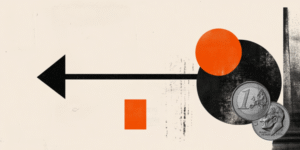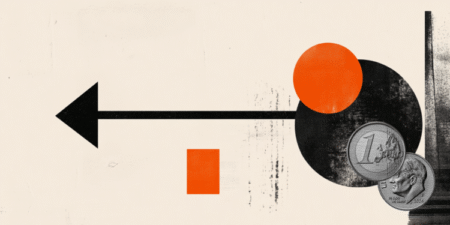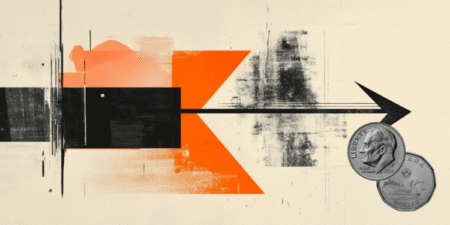- The US Dollar is struggling to find acceptance above 0.8020 as the post-CPI rally loses steam.
- In Switzerland, the deflationary producer and import prices are weighing on the CHF.
- The US PPI, due later today, is expected to show easier inflationary pressures in June.
The US Dollar jumped higher against the Swiss Franc on Tuesday, as the strong US Consumer Price Index cast doubt on any Fed rate cut in the near term. The pair, however, is struggling to find acceptance above 0.8020 on Wednesday, with investors awaiting the release of June’s US PPI.
US Consumer Prices accelerated in June, broadly as expected, and confirmed that Trump’s tariffs are starting to hit Main Street, which justifies Fed Powell’s arguments to keep interest rates steady for a more accurate assessment of the impact of tariffs.
These figures have prompted investors to trim their bets on rate cuts. The market is now nearly fully pricing steady rates in July, while the odds for September cuts have dropped to 54% from above 60% earlier this week and almost 70% one week ago. This market sentiment is acting as a tailwind for the USDollar recovery.
In Switzerland, data released earlier this week revealed that Producer and Import prices continued dropping in June, by 0.1% from May and 0.7% year-on-year. These figures have stirred fears of deflation and add pressure on the SNB to cut interest rates into negative territory. The Swiss Franc has remained on its back foot since the datea release.
Later today, US Producer Prices Index data is expected to show easing inflationary trends, with the headline number down to a 2.5% year-on-year rate from the previous 2.6% and the core PPI slowing down to 2.7% from 3% in May. If these figures confirm the US Dollar might extend its retreat from multi-week highs.
Economic Indicator
Consumer Price Index (YoY)
Inflationary or deflationary tendencies are measured by periodically summing the prices of a basket of representative goods and services and presenting the data as The Consumer Price Index (CPI). CPI data is compiled on a monthly basis and released by the US Department of Labor Statistics. The YoY reading compares the prices of goods in the reference month to the same month a year earlier.The CPI is a key indicator to measure inflation and changes in purchasing trends. Generally speaking, a high reading is seen as bullish for the US Dollar (USD), while a low reading is seen as bearish.
Read more.
Economic Indicator
Producer and Import Prices (YoY)
The Producer and Import Prices is an indicator of consumer price inflation provided by the Federal Statistical Office. The higher the cost of imported goods, the stronger the effect they will have on inflation. High inflationary pressure may anticipate interest rates hike by the SNB. Generally, a high reading should be taken as positive, or bullish, for the CHF.
Read more.
Read the full article here
















